On Collaboration & Keeping it All in Perspective: A Conversation with Sara Lopergolo
By Julia Gamolina Sara Lopergolo is a partner at Selldorf Architects, one of the world’s most prominent woman-owned practices. She has over 25 years of experience working internationally for Koetter Kim, Elkus Manfredi, and her own firm G and L Architects, as well as Selldorf Architects, where she currently works. In a conversation with Julia Gamolina, Sara shares what it takes to build and lead a firm with a healthy collaborative culture, balance motherhood and architecture, and attain satisfaction and fulfillment in one’s career and personal life.
JG: When did you realize you wanted to be an architect?
SL: I was pretty young, around thirteen. My father was a builder and a welder, and I was interested in what he did. When I was nine years old, we built our house, and I remember noticing the space before all the walls went up. I wondered why we don't just live like this, with an open plan. I think that's where it all started.
Can you describe your approach to your career, from the very beginning?
That's a big one. I have to say it's hard to know what you're getting yourself into when you're eighteen, but I continued to want to be an architect through college. After that, I knew I wanted to practice at a high level and in a healthy work environment. I’d say my overall approach was to maintain high design standards and to learn every day.
Can you talk about starting out with Annabelle Selldorf and how you’ve grown during your time with Selldorf Architects?
I had been working at Elkus Manfredi in Boston for three years, but I always wanted to work in New York City. When I came to work with Annabelle, there were only five of us in the office. I was happy to have gained experience in a larger office and bring some professional standards with me.
I was a pretty young person in a small office. Everyone did everything, and worked on projects from beginning to end. I was thrown in the water and had to swim. And then as the firm grew, I also learned how to manage a team, which is one of the harder things to do.
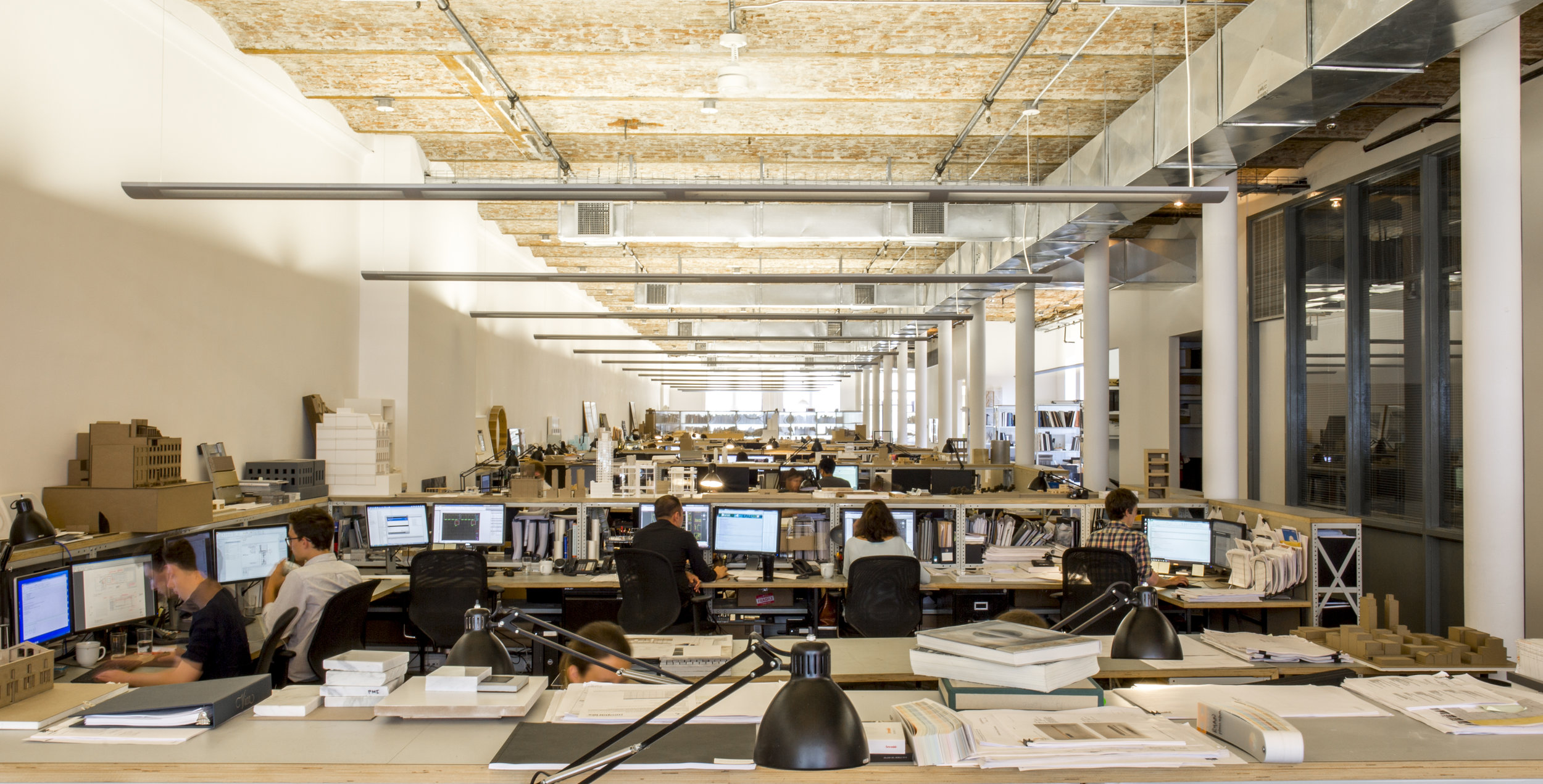
What is it like being part of a firm with female leadership? It’s also a bit of a strange question—what are your thoughts on the question itself?
This is a question that we get asked a lot, and we’ll say, “We don’t know anything else because we’re women. We don’t know what it’s like to be men to describe what the difference would be.” For me personally, having worked in other firms, yes, this is primarily a man’s profession, and there are differences in leadership that one experiences. Some are subtle, others overt.
I think a lot of it has to do with the culture that a firm establishes—the morals, standards, and expectations for how to treat people. When the culture isn’t right, it doesn’t matter whether the leadership is male or female.
I think the focus at Selldorf is less about highlighting female leadership, and more about collaboration and creating a place where we are clear about what we want to accomplish together. Are collaboration and compromise “female” traits? I don’t know. Maybe they are, but it’s hard to say. The bottom line is, we at Selldorf don’t spend a lot of time thinking “How do I prove myself as a woman?”
Gender aside, what makes a good leader in architecture?
Being direct, honest, and kind. When I’m giving somebody constructive criticism, it’s because I want to make them a better architect; it helps me, helps them, helps everyone. I think clarity and direction that’s constructive and thoughtful should be a priority.
Have you had many opportunities to mentor young architects?
Yes. I think mentorship is very important. I think there are opportunities to mentor people every day—even when you’re not “mentoring” in any formal sense—by how you behave and how colleagues see you interact. I think one of the terrible things about the profession now is that everybody is on their headphones and emailing. There’s a lot of personal interaction that gets lost. I learned a lot just by listening to people talk and picking up on constructive ways to handle various situations.
Who have been some of your mentors?
There have actually been a lot of women. First, Werner Seligman at Syracuse University was very influential. In terms of my work relationships, Elizabeth Lowery and Laura Ulvested at Elkus Manfredi were both really important. Elizabeth is an amazing designer and manager and Laura had the most incredible taste and attention to detail.
You’ve worked with Selldorf Architects for over twenty years, and even came back after five years of running your own practice, G and L Architects, with your partner Randall Goya. What is it about Selldorf Architects that has allowed for such longevity and your desire to return?
Well, a mentor I didn’t mention is Annabelle! Since we’ve been working together for so long, we have a lot of similar takes and insights on things. I find her incredibly inspiring and I returned in part because I really just missed working together. I think Selldorf Architects is a great place. I’m proud of it, I take ownership here, I’ve contributed to what the firm is, and that is what brought me back.
What was starting your own firm like?
The opportunity fell in my lap and it seemed like good timing. I had already had one child and was about to have another child, but that really was just coincidental. The positive side of running my own practice with Randy was that I had a more flexible schedule because it was completely my own to make.
However, running your own firm is not for everyone. It’s very tough work. There are a lot of balls to keep in the air when running your own business: managing, marketing, and striving to do high quality work. That can be very difficult alone, and so when you see a successful firm there is much to commend, as so many sacrifices were made to get to that point.
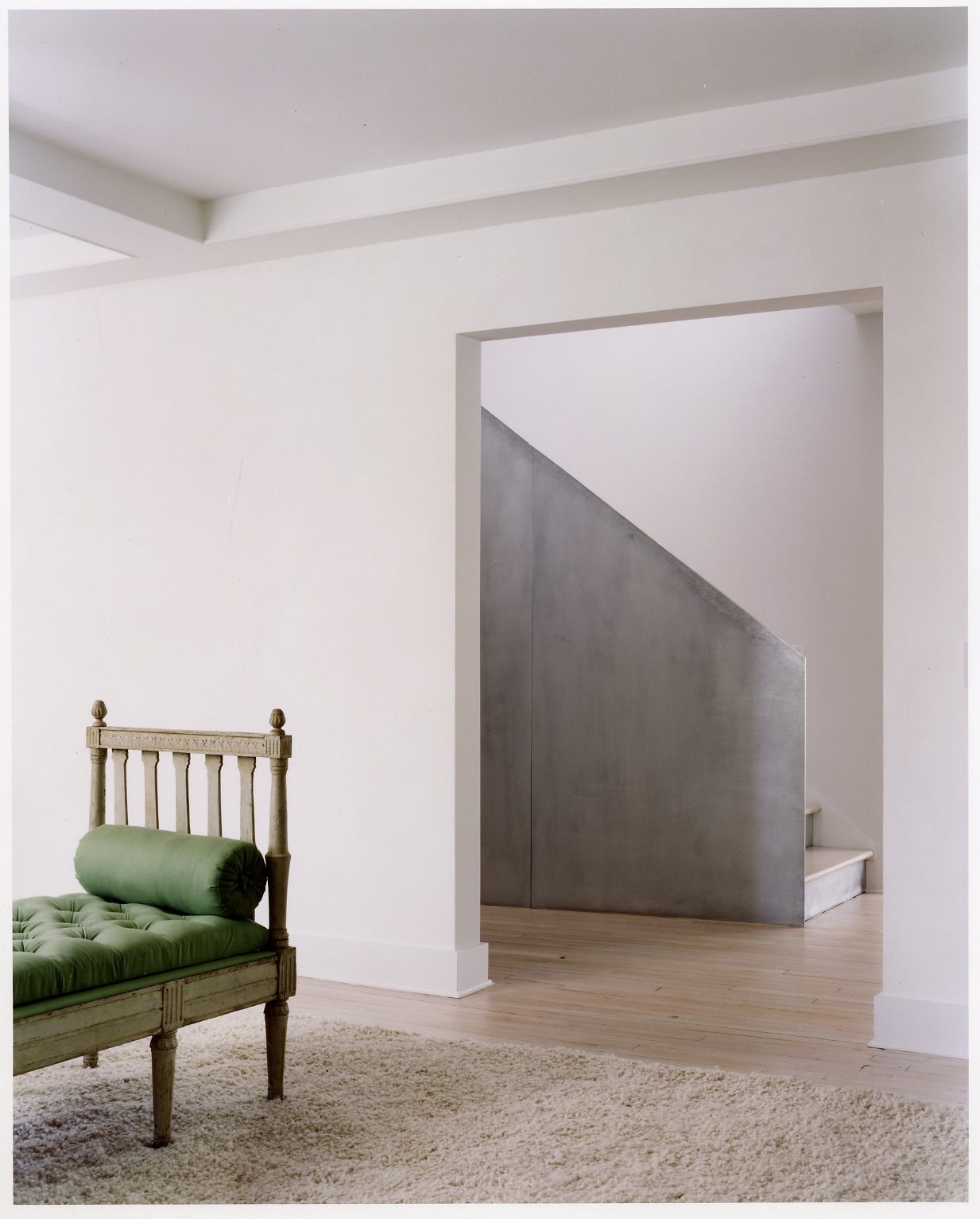
You’ve been a mother now for the majority of your career. Knowing how tough it is to balance motherhood and a career in architecture, how have you made it work?
You need to have flexibility. You need to be able to ask for help, whether that be the support of a partner, or nanny, or family. You need to seek out a family friendly firm to work for. These may seem like obvious things, but this support is crucial to be able to have the focus and work the hours necessary in architecture. I also think it is super important for children to see their parents contributing to society in some way. It’s a frequent conversation I have with friends and colleagues. I’m very pro working-mothers. I can rattle on about that for a long time.
Please do!
It’s not to be judgmental because everybody has to do whatever they need and want to do, but I feel it’s important, not only for your children, but for you as a person, to be independent financially.
It’s also extremely tough to be out of the workforce for many years to raise children, and to then try and get back in. Nobody talks about age discrimination, but it’s big. If you decide to take yourself out of the workforce and think you’re going back to architecture at 45 or 50, some have done it, but you have to know that that’s very difficult to do. There is experience that comes with years of practice in architecture, and it really does matter to have the years under your belt.
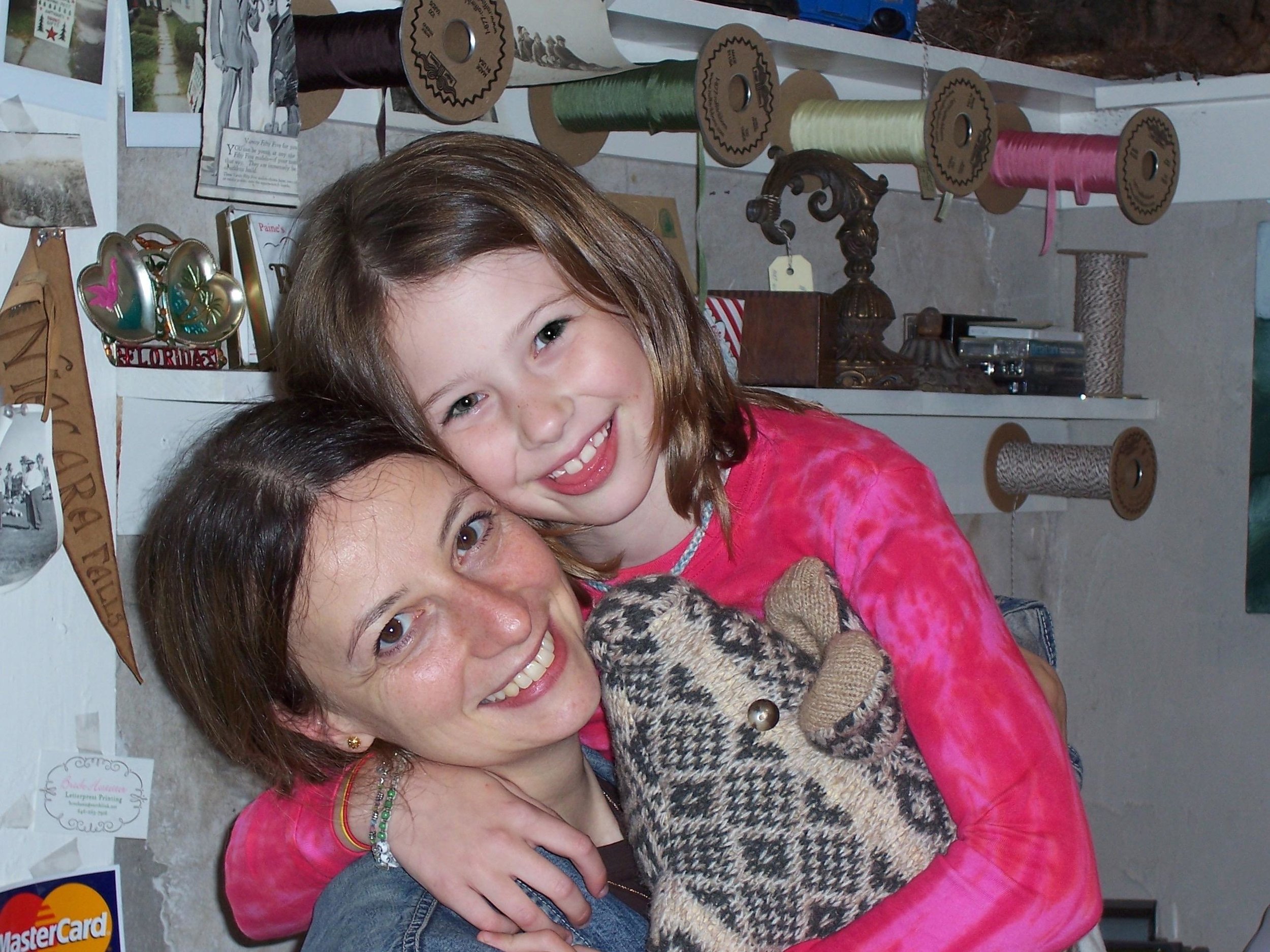
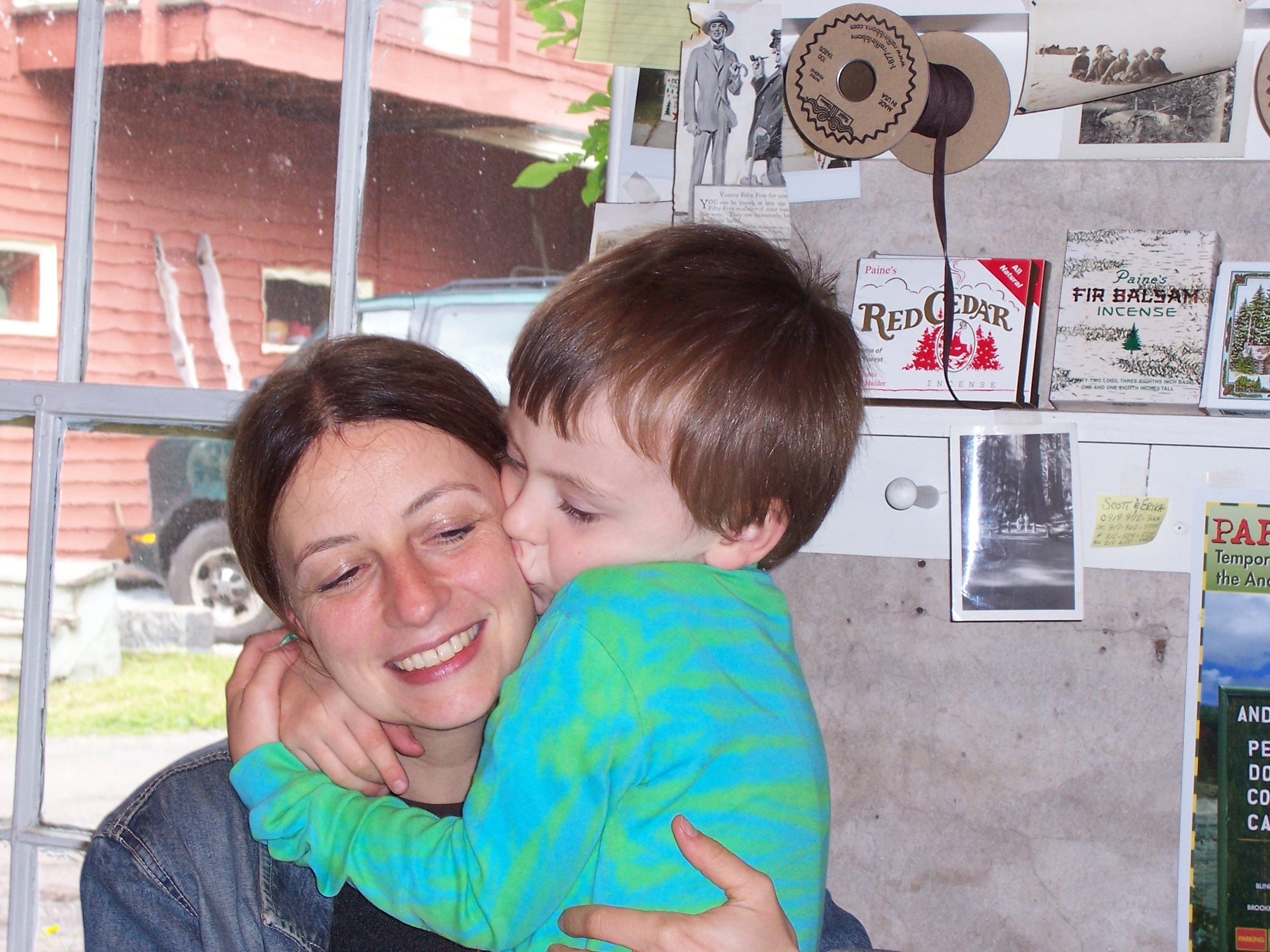
How have your goals and career trajectory been affected by motherhood?
Motherhood doesn’t have to compromise your career, but focusing on more than just architecture does have an impact on what you can achieve. Having children presents financial burdens and the risk-taking required to have your own firm becomes harder to do, for instance. Maybe without kids I would have been more ambitious to sustain my own practice, but I like the collaborative process of working in a firm. If I know what I contribute, and the people I work with know what I contribute, I’m happy.
Are there any particular moments when you’ve been glad to be both an architect and a mother?
I have those moments every day.
That’s a great answer.
Every day at the end of the day, I’m glad to go home and see my family. Then after I’ve been with my family for a while, I’m glad to say I’m happy to go to work and think about other things! I think keeping your brain active, working, and challenged benefits everyone.
You’ve touched a lot on satisfaction throughout this interview, and I think you’re one of the few lucky ones who feel it both at work and at home. How do you maintain it?
Take enough breaks but keep learning and stay engaged with what you love.
I feel like people my age, especially in architecture school and in New York City, are conditioned to do the opposite and take no breaks at all.
Breaks and distance bring a lot of perspective. I think people misunderstand that. It’s also about not feeling like everything is a burden. Yes, there’s stuff going on, but if you let it all get you down, you are just going to paralyze yourself. Life goes on despite these things, and you can’t feel like a victim. Stay positive.
This is actually a surprisingly big problem with architects - they often love to feel like the victim of a terrible client, terrible contractor, terrible job, terrible pay, etc. There will always be budgets, and budgets are good, they keep a constraint. If your client changes the design, find a way to make it yours and satisfy yourself with that. I just feel like there is a tendency for architects to see everything in a very negative way, and it doesn’t have to be that way. It’s a choice about a state of mind.
Looking back on your career, what are you most proud of?
I’m proud of the office we’ve built here at Selldorf Architects. We have a great work environment with amazingly talented people who have worked here and who we’ve mentored over the years. Seeing buildings open up is also very special. It feels like giving birth to a baby! I think in particular the opening of the Sunset Park Material Recovery Facility in Brooklyn was really important and memorable. The David Zwirner Gallery was also challenging and fun and really inspiring when it came together. None of it is easy and there are very hard days, but I feel very proud about the collaborative effort that is required to design a great building.
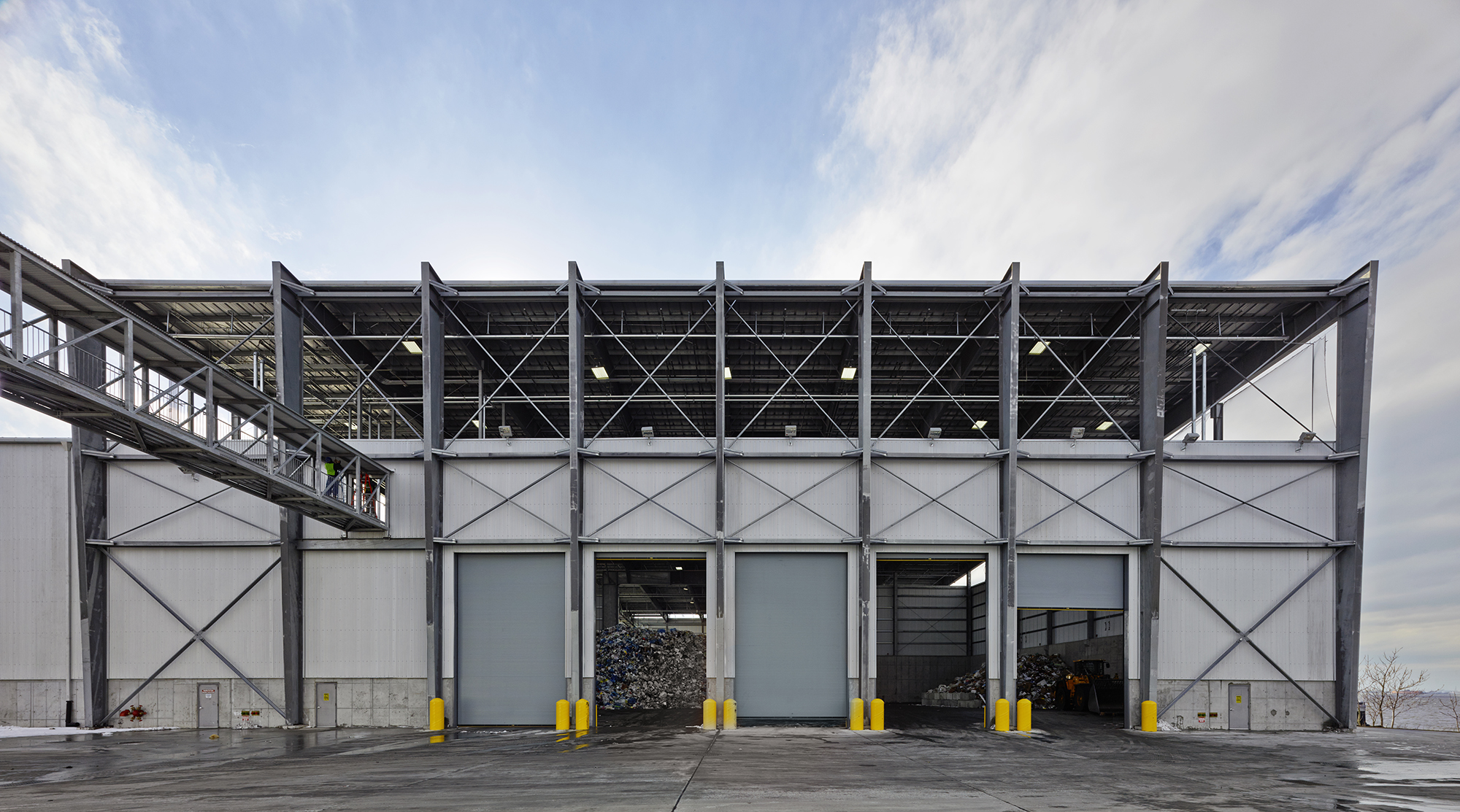
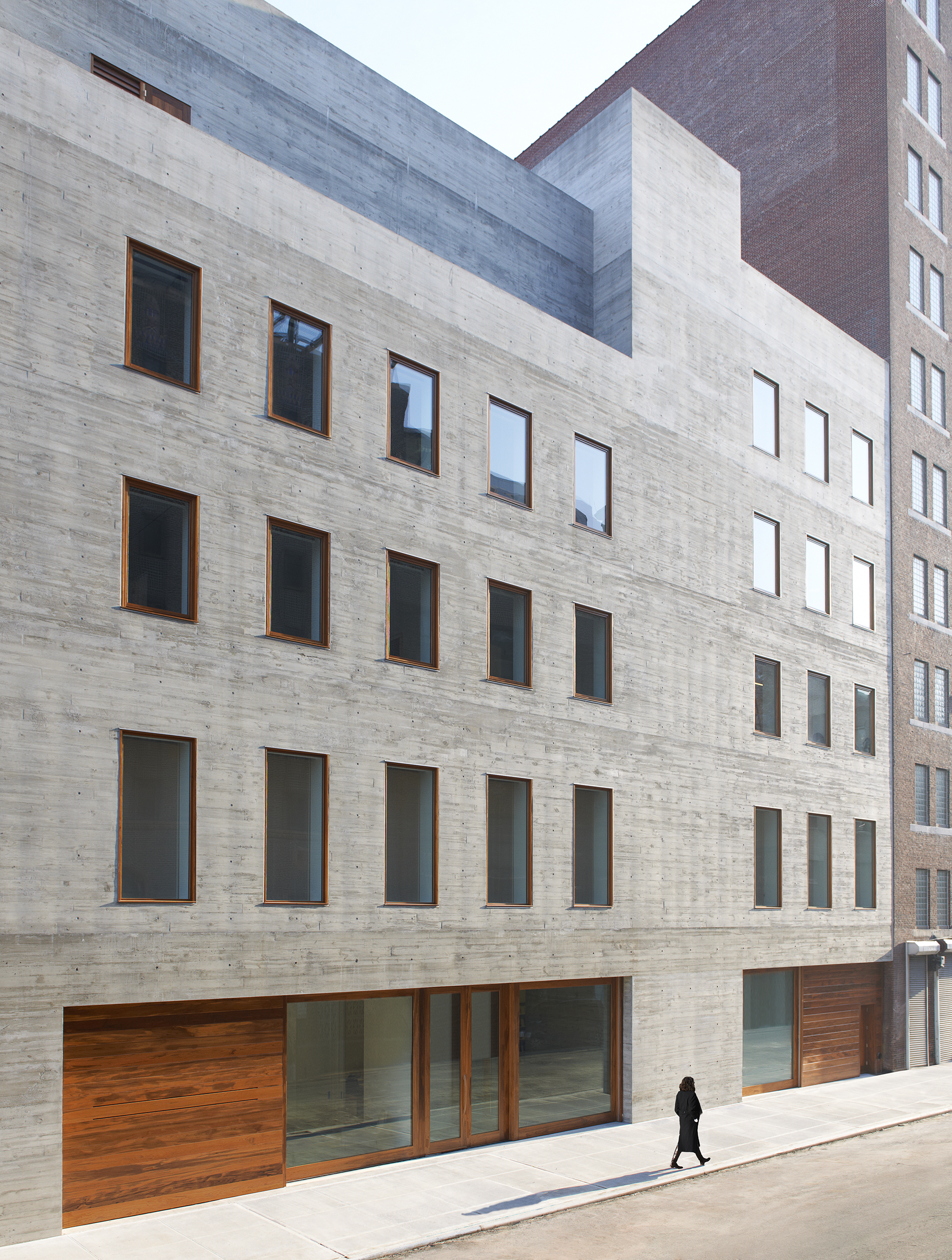
What makes the hard days worth it, both in architecture and in motherhood?
Keeping an eye on the desired outcome. Getting to a place where you can see all the hard work come to fruition is very rewarding. Does the excitement come every day? No, but the pursuit is thrilling on its own.
As for motherhood, it’s hard. It’s really, really hard. It’s one thing when they’re cute little bundles, but it becomes a bit more complicated when they get older. However, having children and a family keeps things in perspective. It helps me in my relationships with other people, and my children’s view on things inspires me. Motherhood really does give you something back.
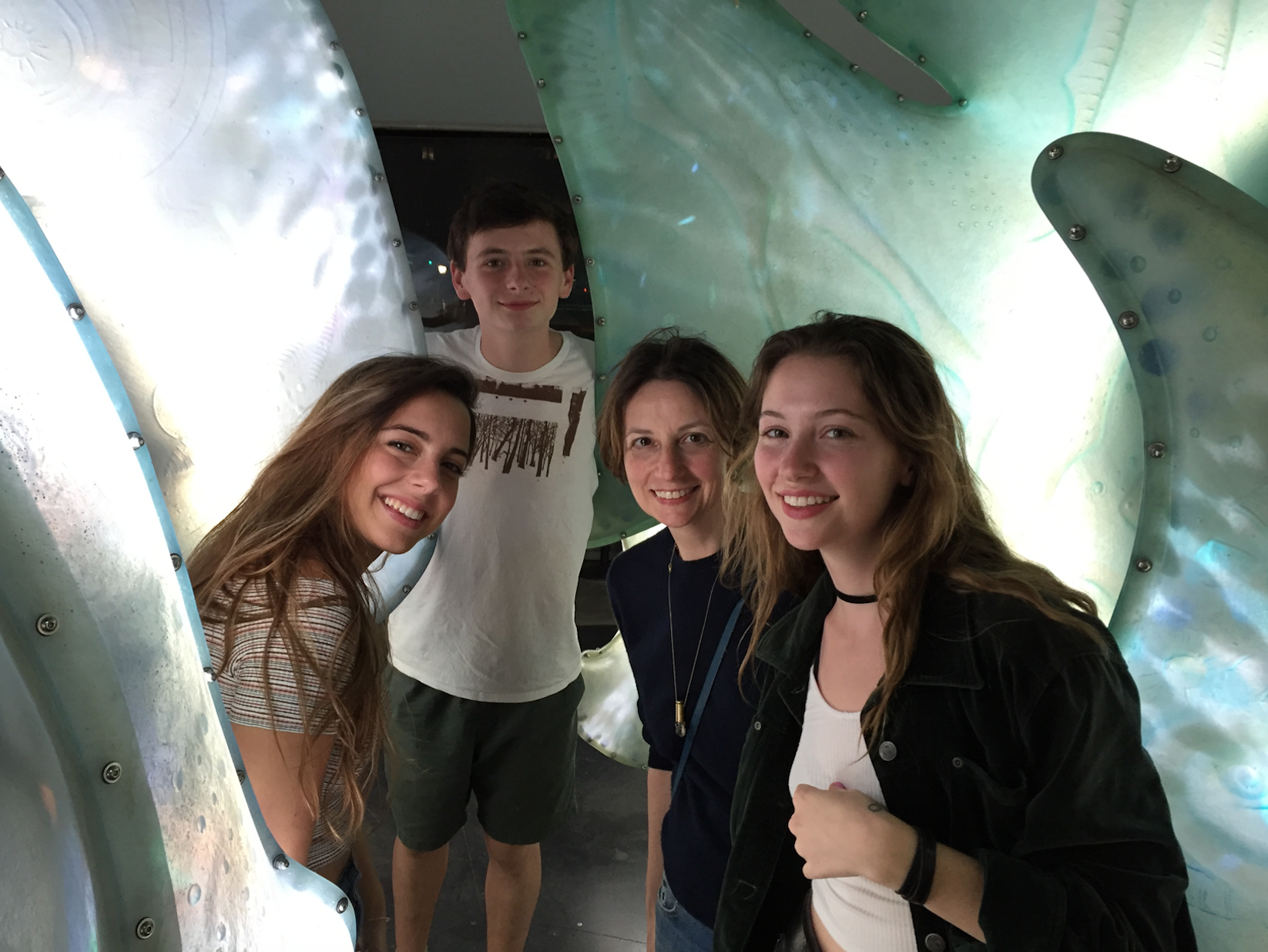
Are any of your children considering architecture?
Oh absolutely...NOT! I think they see that my husband, Ed Wood—who was trained in architecture and now owns his own model-making company, Radii Inc.—and I work very hard and work a lot, and at their age, that might turn them off. My daughter is in college and very creative but more of an artist, writer, photographer. The jury is still out on my son, he’s fifteen and quite good at putting things together and problem solving. I think we’ve established a good work ethic in the house and we’ve traveled a lot with them, so they definitely have an appreciation for architecture. We’ll see!

Julia Gamolina is a New York City-based architectural designer. Her academic and professional work focuses on branding and identity, with a current focus on workplace design. She is a Project Manager at A+I and interviews women in architecture on their career development.

